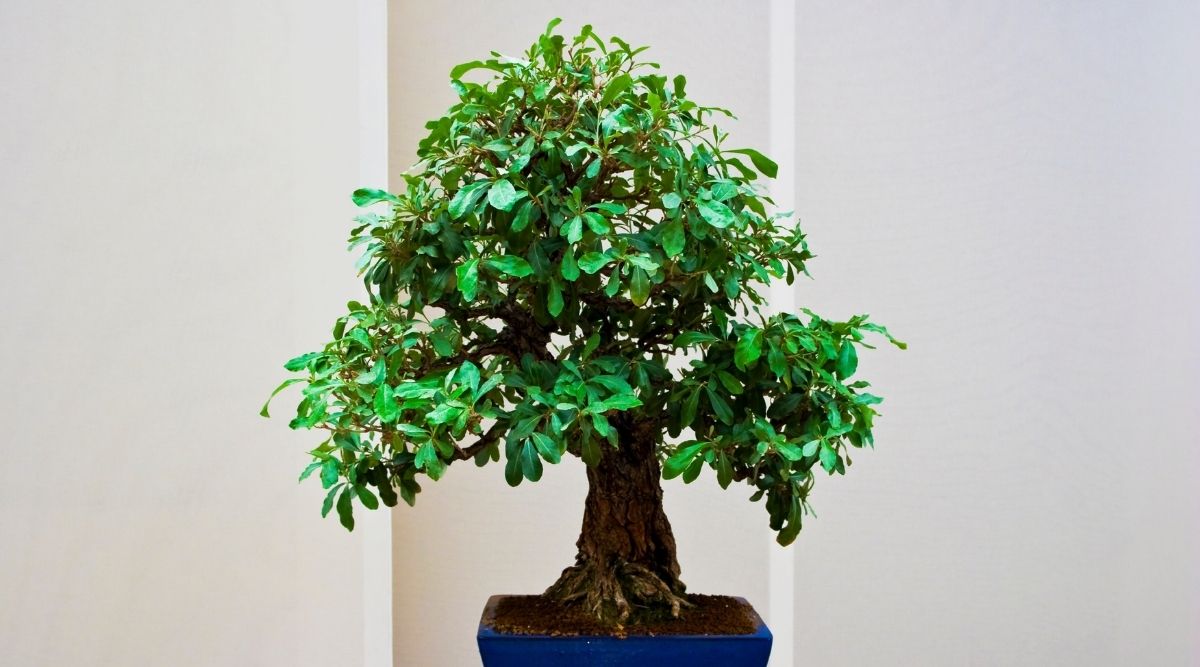When it comes to identifying plants, people often get confused when they see “Hoya plant” listed as the name, but despite this confusion, there’s a good chance that you will have seen a Hoya plant before, especially if you happen to recognize their distinctive vines, which like to weave and creep their way around the surrounding area.

Hoya Plants are also often called porcelain flowers or wax flowers due to their ornamental and decorative looking leaves, which is why so many people enjoy keeping them in and around their homes.
So, to find out more about this beautiful plant species, including how to care for them properly, then read on!
Hoya Plant Quick Facts
Common Name: Waxflower, Waxplant, Wax Vine
Botanical Name: Hoya
Plant Group: Evergreen climber/Tender house plant
When It Flowers: Late Spring – Autumn
When To Plant: Early Spring
Hardiness: Tender difficult
Height / Spread: Both range from 18 inches, all the way to 4 feet.
Aspect: Intense Light
Hoya Plant Origins
As mentioned previously, Hoya Plants are also known as Waxflowers or Porcelain Flowers, and originate from much of Asia and Oceania. These plants are a genus that belongs to the subfamily of Asclepiadoideae, in the family of Apocynaceae.
These plants tend to grow partially in the ground, as well as perched on other plants (which is known as growing epiphytically).
Despite this, these plants are not parasites and often tend to spread their roots in bark that has begun to decay.
As a result of their aerial roots, they require very little nutrition, and are particularly good at storing water too. Although, they prefer humid climates, as they would dry out quickly otherwise.
Hoya plants are known for being herbaceous, and are often grown on round arches because of the flexibility of its stems, which only become ever so slightly woody.
The plant itself is a vigorous grower, and the shoots can become extremely long. But, while some species of Hoya plant grow more like shrubs, some species are able to grow like vines!
This makes Hoya plants perfect for use in hanging baskets or in high up positions, especially since some species of Hoya plant are known to have climbing growth, as well as adventitious roots too.
Hoya Plant Cultivation
Since these plants originate from places such as Indonesia and Australasia, it means that they require plenty of warmth and brightness in order to thrive properly, so try to place them in a bright room, or ideally a heated conservatory.
These tips should help you to keep your Hoya plants healthy all year round:
Spring – Summer
- Find and place your Hoya plant in a position that receives plenty of light and warmth from the sun, but is out of the way of direct sunlight, which can end up leading to foliage scorch.
- Ensure that you are watering your Hoya plant on a regular basis, as well as feeding it high potash fertilizer at half-strength every fortnight.

Autumn – Winter
- Ensure that the plant is still receiving plenty of bright light
- Only a slight watering is needed by the plant between October – February as they’re rather dormant during this time period, and you should only water when the soil is moderately dry, as waiting till it’s dust-dry is too late.
- Reduced feeding to just once a month until the spring arrives and growth resumes once again.
Other Cultivation Tips
Once flower buds have begun to appear on the plant you should avoid moving it whatsoever, and you should not remove the flower stalks once they flower, as more flowers will grow from the stumps of previous clusters.
These plants also need a decent amount of humidity too, which you can easily achieve by keeping the container on top of a tray of either gravel, hortag (recycled lightweight aggregate), or hydroleca (expanded clay granules).
All while keeping it moist, ensuring that the water level is kept just slightly below the top of the gravel/other material.
You might need to re-pot once spring arrives, but just be sure that you don’t feed them for around 5 to 6 weeks after this!
The best compost to use for your Hoya plant is compost that is aerated compost that is able to drain quickly, which will be sure to help your plant thrive in your home.
In order to create this ideal compost, all you need to do is use one part orchid bark, one part coarse perlite, and one part peat-free compost!
Pruning And Training Your Hoya Plant
If you’re planning on growing a Hoya in your home, then it’s best to set up a sort of trellis or wire hoop to allow it to grow around, alternatively, you could use a horizontal wire, which works especially well in a conservatory.
You should always ensure that you thin out any congested growth towards the end of February, ahead of when the plant will begin to grow again.
Unfortunately, Hoya plants do not respond well at all to any form of hard pruning, so if you’re struggling with an overly large Hoya plant, you’ll simply have to either relocate, or get rid.
Common Hoya Plant Issues
These are some of the most common issues people have when it comes to growing Hoya plants:
- Blackened leaves, leaf-drop, and stems dying back: Poor water drainage or compost is water-logged. Alternatively could be too cool during the colder months.
- Wilting and above-ground growth dying back: Overwatering or excessive use of fertilizer leads to roots being unable to absorb water and therefore there is an excess amount of salt in the soil.
- No flowering: Could be due to poor lighting
- Root rot: Overwatering or poor drainage in compost.
- Pests: Susceptible to scale insects, glasshouse whitefly, and mealybugs.
Conclusion
So, we hope that this guide to the incredible Hoya plant has allowed you to learn more about these fascinating plants, and maybe you’ll decide to get your hands on your own Hoya plant soon!
- Best Hanging Plant For Low Light - September 4, 2023
- Best Indoor Plants Florida - August 28, 2023
- Best Plants For Bathroom Smells - August 21, 2023








